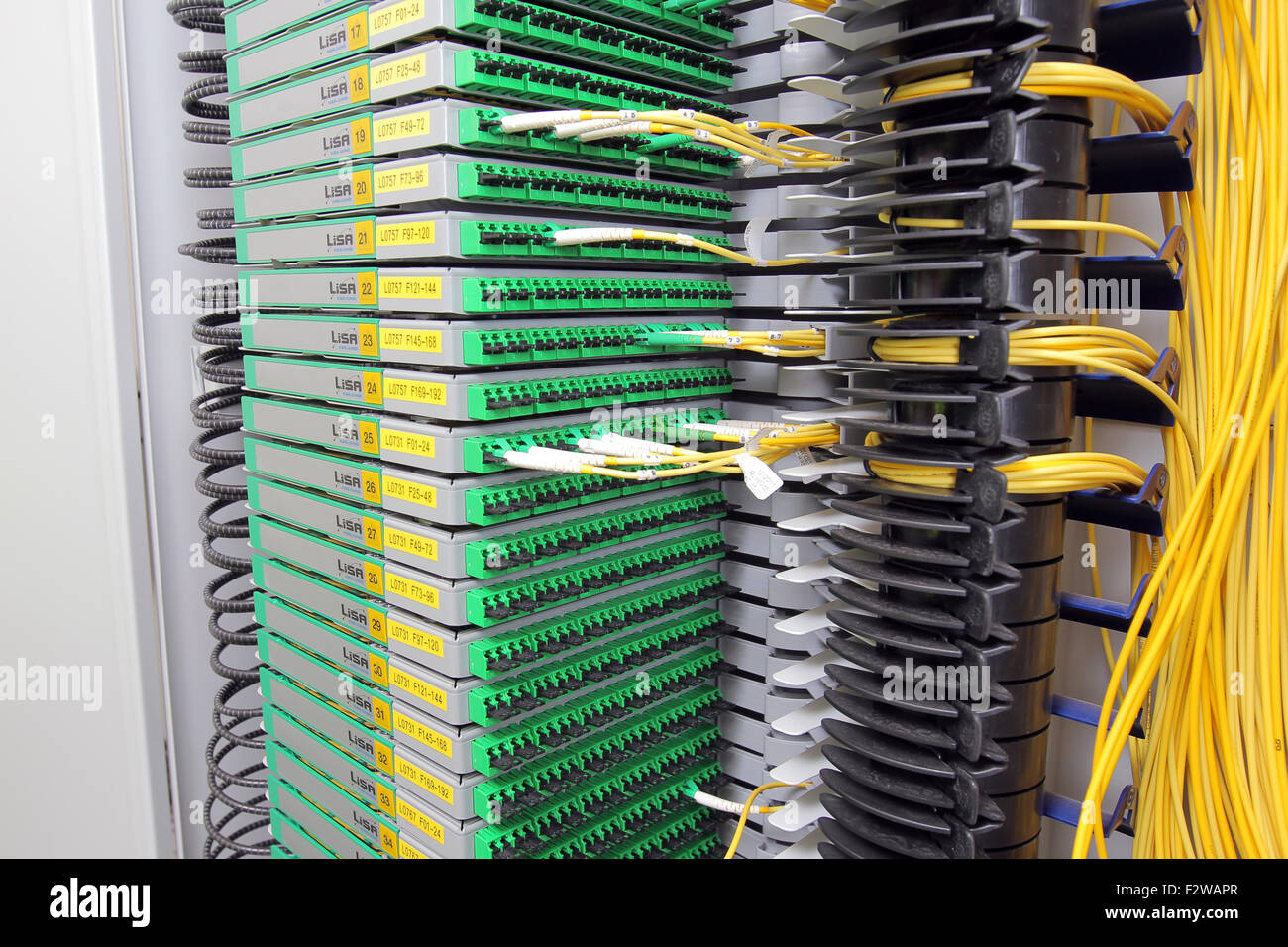
For consumers, the back-haul arrangement might be in the form of toll-free 800-number access to the nearest PoP. Our worldwide Points-of-Presence (POPs) are located on all six habitable continents, and have been strategically located to place end-users with optional. If a carrier does not have a local point of presence from which corporate customers can access the service, the carrier can route the traffic to the nearest PoP at little or no cost to the customer if the traffic volume makes the backhaul arrangement worthwhile. Points of Presence are the locations from which network services are provided. When a company locates its Web server at an ISP’s PoP to take advantage of its security and management services, the arrangement is sometimes referred to as a Virtual PoP. The NAP has more than 40 companies, Internet service providers and universities connected to it via DS3 (45 Mbps), OC-3c (155 Mbps), and OC-12 (622 Mbps) Asynchronous Transfer Mode (ATM) connections.Įven company Web sites are called PoPs. The largest NAP, located in Chicago, is operated by Ameritech Advanced Data Services (AADS).

The NAPs on the major Internet backbones, for example, are equipped to handle large amounts of traffic to avoid bottlenecks on the Internet. PoPs may be shared by several service providers. The POPs are used for both AWS CloudFront to deliver content to end users at. ■ A cellular carrier’s, paging company’s, or wireless data service provider’s base station transceivers Another part of the AWS Global Infrastructure are Points of Presence (POP). ■ A national Internet backbone provider’s metropolitan-area exchange (MAE) or Network Access Point (NAP) ■ An Internet service provider’ (ISP) modem bank

■ A local telephone company’s central office PoPs are configured with equipment and lines appropriate for the types of services that are offered from those locations. Point of presence (PoP) is a carrier facility that offers dial-up or leased-line access to its network for the purpose of providing services to customers.


 0 kommentar(er)
0 kommentar(er)
